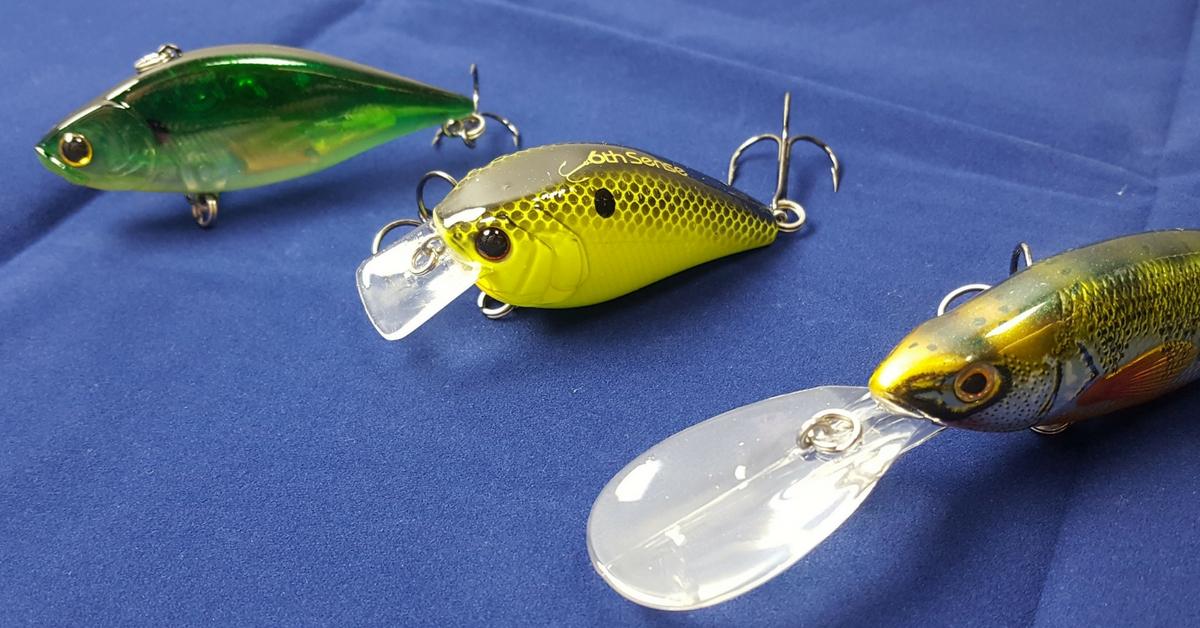Cold Water Cranking With Lipless vs. Billed Crankbaits
Suspending stickbaits are usually my favorite lures to throw when the water is cold throughout the winter, but there are times when bass will still bite a crankbait. That's when it's time for some cold water cranking.I throw some sort of crankbait mainly when cold water ranges from 44 to 50 degrees. If the water is colder than that I switch to a suspending stickbait, but there are certain conditions when either a lipless crankbait or a crankbait with a bill will catch bass in that cold water.Here are some pointers on when and why to use lipless or conventional billed crankbaits for bass in cold water.
Lipless Crankbaits
These rattling, vibrating crankbaits tend to work best in cold water when bass are hugging rocky bottoms in mid-depth ranges or hiding in submerged vegetation.The sinking lure is ideal for cold water cranking by slow-rolling along the rocky bottom or yo-yoing it off the bottom to trigger strikes from lethargic bass. The key to slow-rolling is to reel the lure slow enough so it stays close to the bottom, but fast enough to prevent it from hanging up in the rocks. For yo-yoing, remember that the fish are still sluggish so you need to slowly lift the crankbait about 1 to 2 feet off the bottom. Make sure to keep your line fairly tight as the lure descends to make sure the crankbait falls slowly.When the water is still cold in late winter and bass are hiding in the vegetation, slowly reel a lipless crankbait so it ticks the top of the vegetation. If it starts to bog down in the weeds, jerk your rod to free the crankbait, which usually triggers a strike.
Billed Crankbaits
These buoyant crankbaits produce best for bass roaming the rocky shallows on sunny days or suspending at mid-depths near drop-offs during winter cold fronts.Shallow rocks warmed by the sun attract bass so cast your crankbait as close as possible to the bank and reel just fast enough so the lure bounces off the rocks. When you're cold water cranking and you feel it hit a rock, pause your retrieve to let the crankbait float up slightly to trigger a strike.Select a medium-diving crankbait for bass suspended over drop-offs during nasty weather. Adding weight to the crankbait with lead tape or fly tying wire allows you to crank the lure slow enough to keep it in the depth range of the suspended fish.
Updated November 3rd, 2021 at 4:44 AM CT


